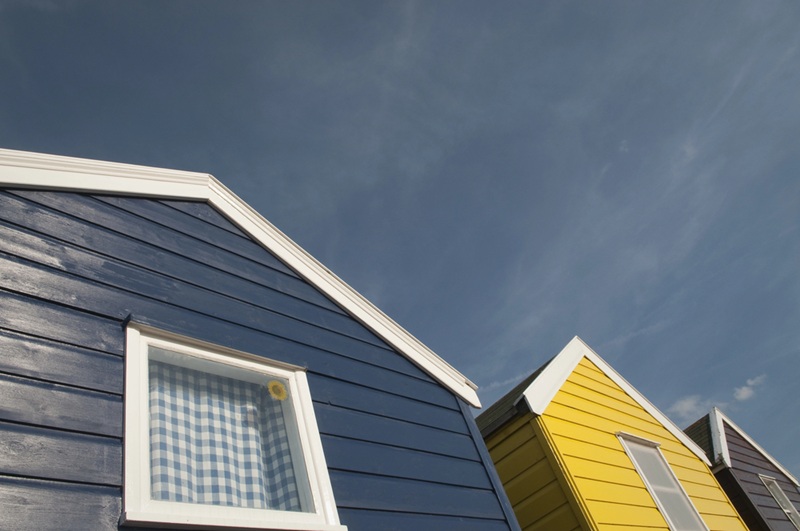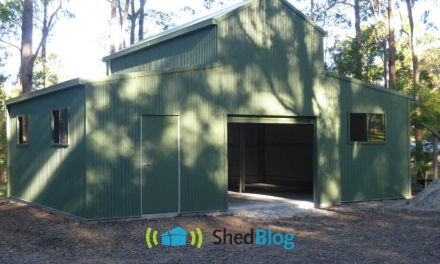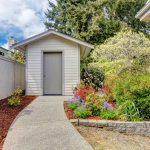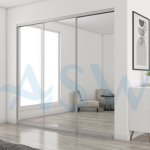Blending Privacy and Connection as the New Standard in Urban Housing

Urban dwelling has moved beyond the mere option of tight loneliness or coerced communal interaction. Contemporary urban residents are finding creative solutions for housing that respect their desire for alone time while encouraging meaningful community relationships. This fresh take on residential architecture is changing how we live in cities, developing places where privacy and interaction complement rather than vie with one another.
The Art of Architectural Balance
Designing places that effectively marry privacy and community needs to be highly developed in terms of architectural design and human behaviour understanding. Proper placement of communal kitchens, lounges, and outdoor areas provides potential points for casual encounters without interfering with individual living spaces. Soundproofing between private units and opening common areas with high ceilings and natural light is being done by designers as one of the intelligent solutions. Windows and sight lines are also given thoughtful consideration to provide privacy without sacrificing a sense of connection to the larger community. Materials and colour palettes blend smoothly between private and public spaces, creating visual harmony that makes the whole building feel like home. This thoughtful design process ensures that neither connection nor privacy is lost.
Community Spaces That Actually Work
The secret to effective communal living is in building spaces that residents actually want to use and not merely have to use. Roof gardens, shared kitchens, and lounge spaces are built to be flexible, supporting everything from private work sessions to group events. Natural gathering places form around amenities such as coffee stations, book swaps, or game areas that foster short, relaxed interactions. These areas tend to be the centre of the building, where residents coincide by virtue of their daily routines. The most effective communities have amenities that have practical functions while allowing for social interaction, e.g., shared workspaces that act as meeting spaces or exercise rooms that accommodate group classes.
Privacy as a Platform for Connection
Ironically, the strongest communities are the ones which occur as a result of housing typologies that emphasise individual privacy and autonomy. When residents are secure in their own environments and confident that their boundaries will be respected, they are more likely to be open to social interactions. Private bedrooms and bathrooms offer the retreat area introverts require to recharge, and private storage and living areas afford a feeling of possession and agency to everyone. This degree of privacy lays the ground for the psychological safety that breathes life into genuine relationships. People who can always retreat to their own personal sanctuary feel safer and are more likely to join communal activities and engage with their neighbours.
Flexible Social Engagement Models
The most effective urban residential communities acknowledge that social wants differ radically among residents and may fluctuate over the years. Some communities today, including coliving in Potts Point, provide numerous avenues of involvement ranging from organised activities to random encounters. Regular community activities allow for more in-depth relationships, whereas daily common spaces offer quick, low-stakes interactions. Seasonal activities shift in line with changing tastes and lifestyles, so the community is dynamic and responsive. This is flexible enough to enable residents to expand or contract their social participation according to personal lives, work pressure, or life events. The outcome is a sustainable community that adjusts to inhabitants in place of inhabitants adjusting to strict social norms.
Cultural Transformation of Urban Expectations
Demand for private-respecting community living mirrors greater cultural shifts in how individuals engage with relationships and urban living. Younger populations especially appreciate authenticity and agency in their social experiences, tending towards spaces that allow for natural relationships over imposed socialisation. The growth of remote work has also transformed the use of living space, generating demand for dwellings which can be multifunctional but ensure separation between work and social life. Eco-awareness stimulates interest in shared resources and ecological community living, without compromising personal independence. These cultural changes are prompting developers to build more sophisticated models of community living that respect diversity and yet create real connection.
Building Fairer and More Inclusive Cities
The popularity of privacy-friendly models of community living is turning the tide in urban development in many cities, making this model more mainstream. Future developments will use even more advanced technologies and design principles that individualise the community experience for every resident. The blending of wellness amenities, green features, and adaptable spaces will keep transforming to suit shifting urban lifestyle requirements. As these models gain credibility in delivering both personal satisfaction and strong communities, they’re likely to have implications for housing policy and zoning regulations. This transformation is an evolution of our conception of urban living, accepting that the optimal communities arise where individual desires and the common good are carefully reconciled and not pitted against each other as rival expectations.






























